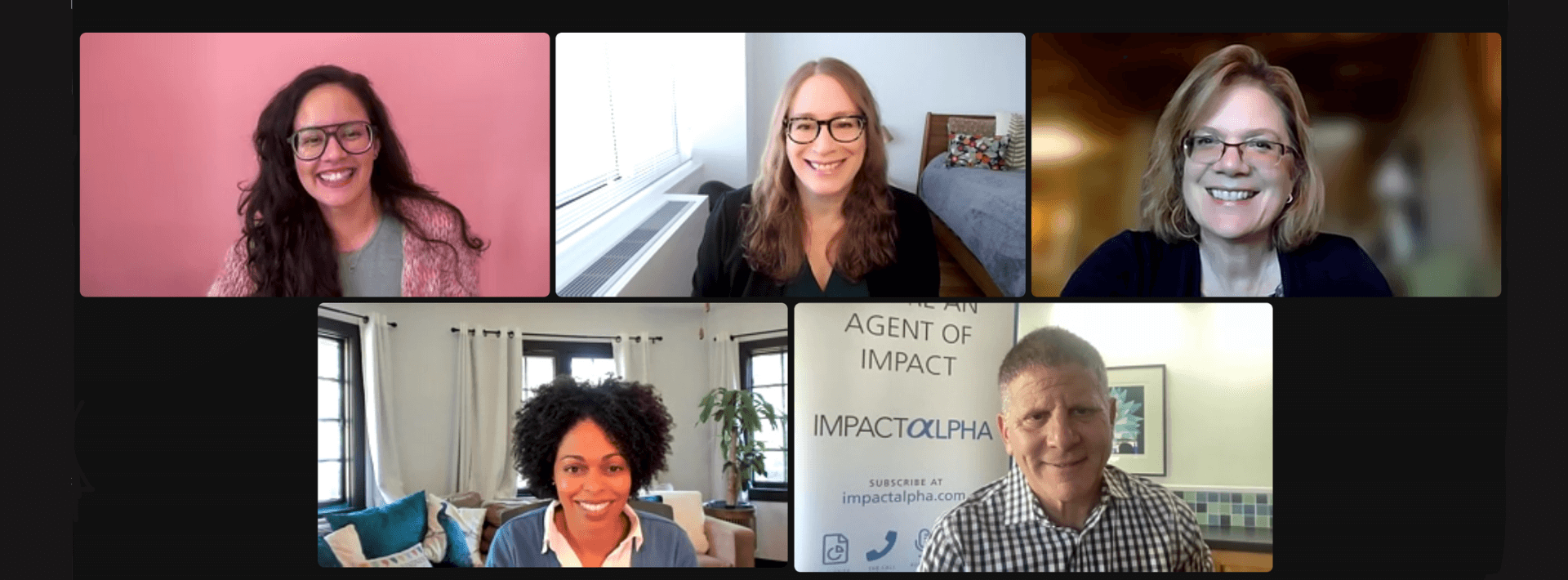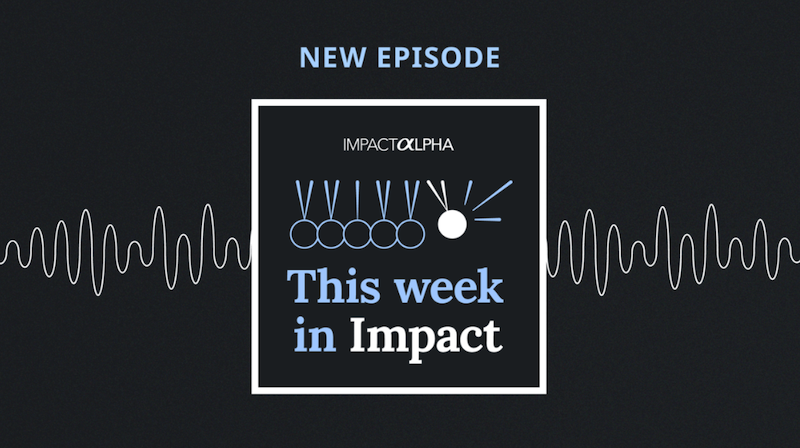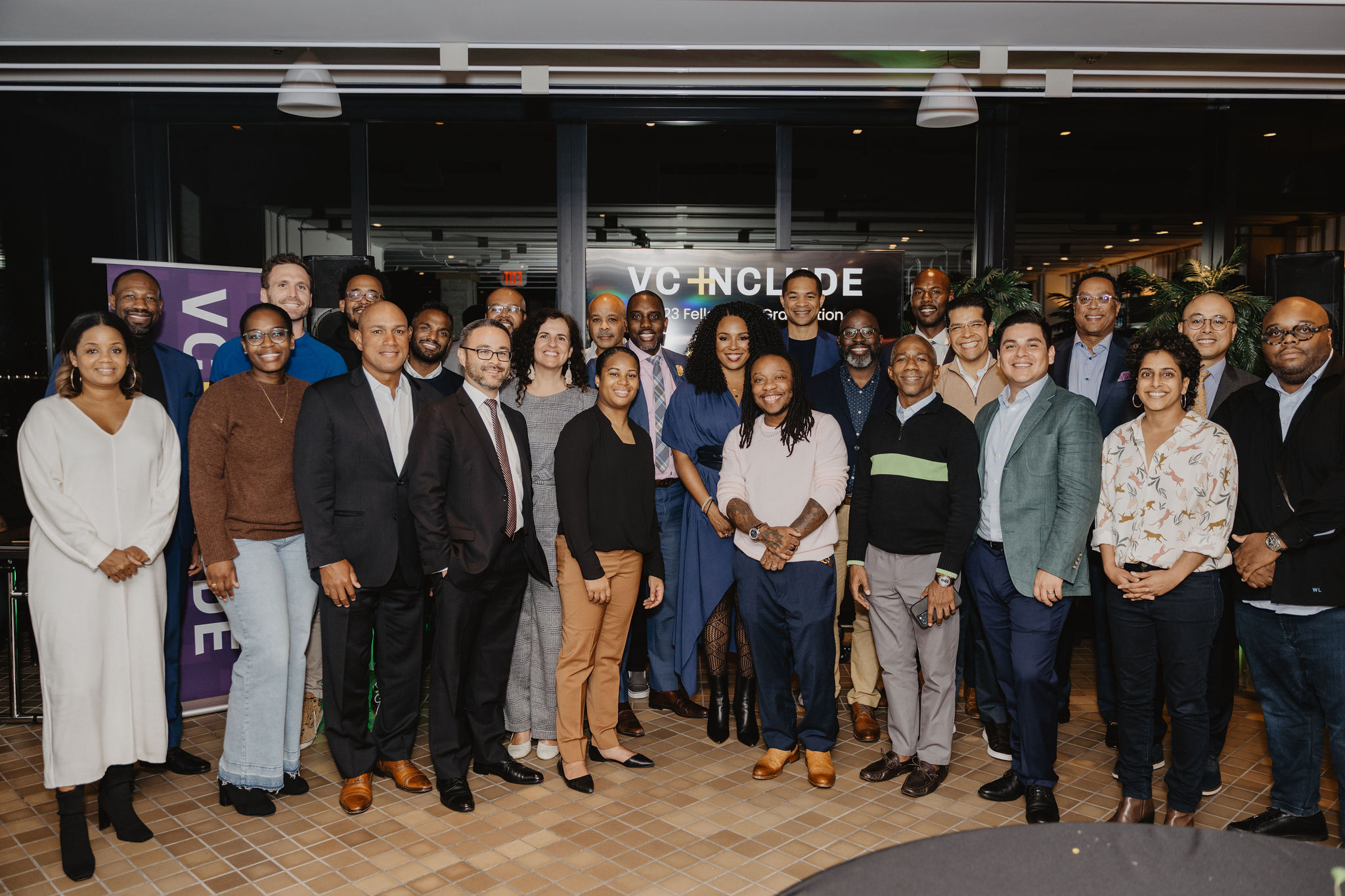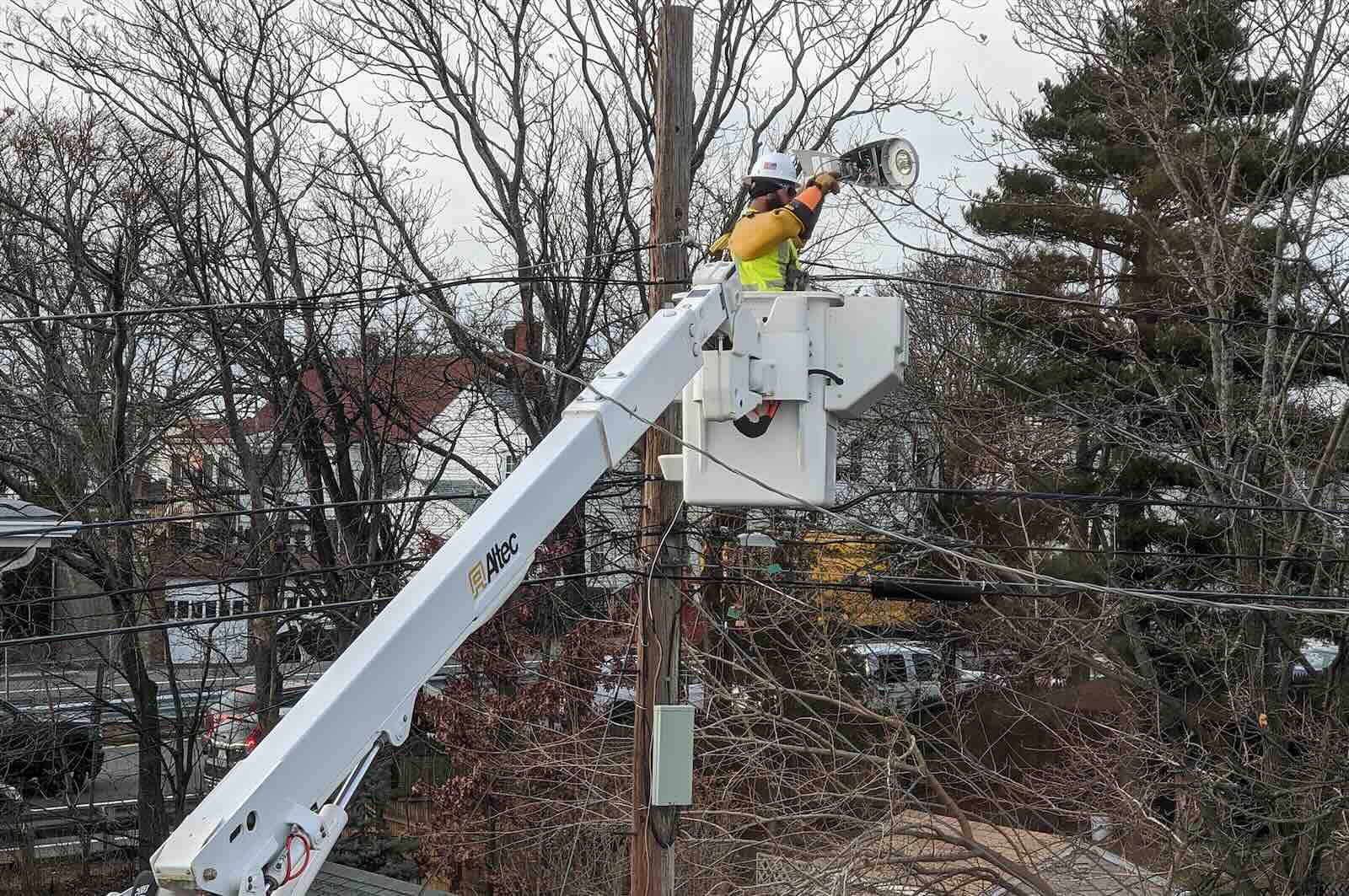This week’s Agents of Impact Call continued a tradition started nearly a decade ago by Fran Seegull of the US Impact Investing Alliance and joined by Cathy Clark of Duke University and Monique Aiken of The Investment Integration Project (and an ImpactAlpha contributing editor).
The trio, joined by hundreds of Agents of Impact, took up the State of the Field to assess the headwinds and the tailwinds facing the field of impact investing, and where we go from here.
First, the sober realism: The term “polycrisis” had dominated the conversation, even before this week’s horrors in Israel and Gaza. Aiken pointed to the UN’s recent Sustainable Development Report which found that 85% of all Sustainable Development Goal indicators are off track. None are tracking toward the 2030 milestones. Some are going backwards.
“Despite what it might sound like, I’m actually an optimist,” Aiken said. “Because on the other side of risk-identification is clarity about the things we need to do and the work we need to collectively prioritize. And there’s significant opportunity in both mitigation work and value-creation to be had from innovations that solve all of these challenges.”
Highlight from The Call:
Policy tailwinds
Between the Inflation Reduction Act, the infrastructure bill and private investment, trillions of dollars will be flowing into sustainable infrastructure projects, community economic development and the clean energy transition, Seegull said. Applications are due this month for the $27 billion Greenhouse Gas Reduction Fund (part of the IRA) to set up a network of green banks to finance local renewable energy and other projects.
“This is an unprecedented opportunity for those of us that really care about historically underserved and economically disadvantaged communities.”.
Seegull reported on two new congressional caucuses, the Stakeholder Capitalism Caucus and the Sustainable Investment Caucus, which are taking up impact investing issues. In the Biden administration, the Interagency Community Investment Committee is bringing together Treasury, HUD, Commerce, Agriculture, Transportation and the Small Business Administration, she said, “to make some of our most important community investing incentives more interoperable and more accessible to a wide range of constituencies.”
Convergence on standards
Seegull called out the final sustainability and climate-related corporate disclosure standards recently released by the International Sustainability Standards Board, or ISSB. The European Union is setting a high bar, she said, while the Securities and Exchange Commission, which is taking up both climate and human-capital disclosure rules, “will probably be a floor, unfortunately.”
California recently enacted bills to require corporate disclosure of greenhouse gas emissions, including Scope Three emissions from large companies that do business in the state.
Advancing the impact investing field with integrity “is actually getting easier,” Clark said, as a result of shared nomenclature, new tools and common frameworks. Clark is working with Impact Frontiers to help train asset managers and owners to strengthen their impact management practices and “understand how to move the dial so they can have more impact, and more return at the same time, which sounds like pie in the sky, but it’s starting to happen.”
Another project, with BlueMark, is helping limited partners who want to go beyond ESG-style risk management to proactive impact. “There are tons of examples of people doing this extremely well, and we’ve tried to simply make it really simple for other people to follow.”
Political backlash
Seegull called out the “fully formed, well funded, well coordinated movement that seeks to undermine and politicize ESG investing practices and corporate ESG practices.” The reaction is moving from predominantly Republican-led states to Congress, she said, and has spurred many corporations to scrub ESG and sustainability language from their websites.
“I want to live in a world where there’s double materiality in the United States. But honestly, we are fighting for our right to have fiduciaries take single materiality into effect,” she said.
“It’s almost like we’re getting really close to the heat, and the heat is coming back. And that’s actually a good thing,” Clark said. “It’s an opportunity for much broader education and we can all be taking advantage of that.” Businesses, she said, are investing time and resources in managing not just sustainability, but effects on people, customers, workers, suppliers, communities. “That’s not going to change.”
Theory of change
“We don’t think this is a time for either doomer-ism or naive optimism,” Seegull said in summing up the discussion. “We need to swing into action as a sector to coordinate the flow of public and private sector capital and resources.” Second, “We have caught the attention, because of our rapid growth and mainstreaming, of bad-faith actors who want to politicize and undermine the pairing of financial and impact considerations. It’s up to our community to push back and reclaim the narrative.”
The progress in regulatory and standards-setting bodies means “we are on the precipice of impact transparency, however imperfect it may be,” she added. “Ensuring that the field continues to scale with impact that integrity requires that we go all in on this global regulatory disclosure movement… As Cathy said, raising the bar over time on that regulatory disclosure will set the tone for the next decade of impact transparency, accountability, and equity.”











